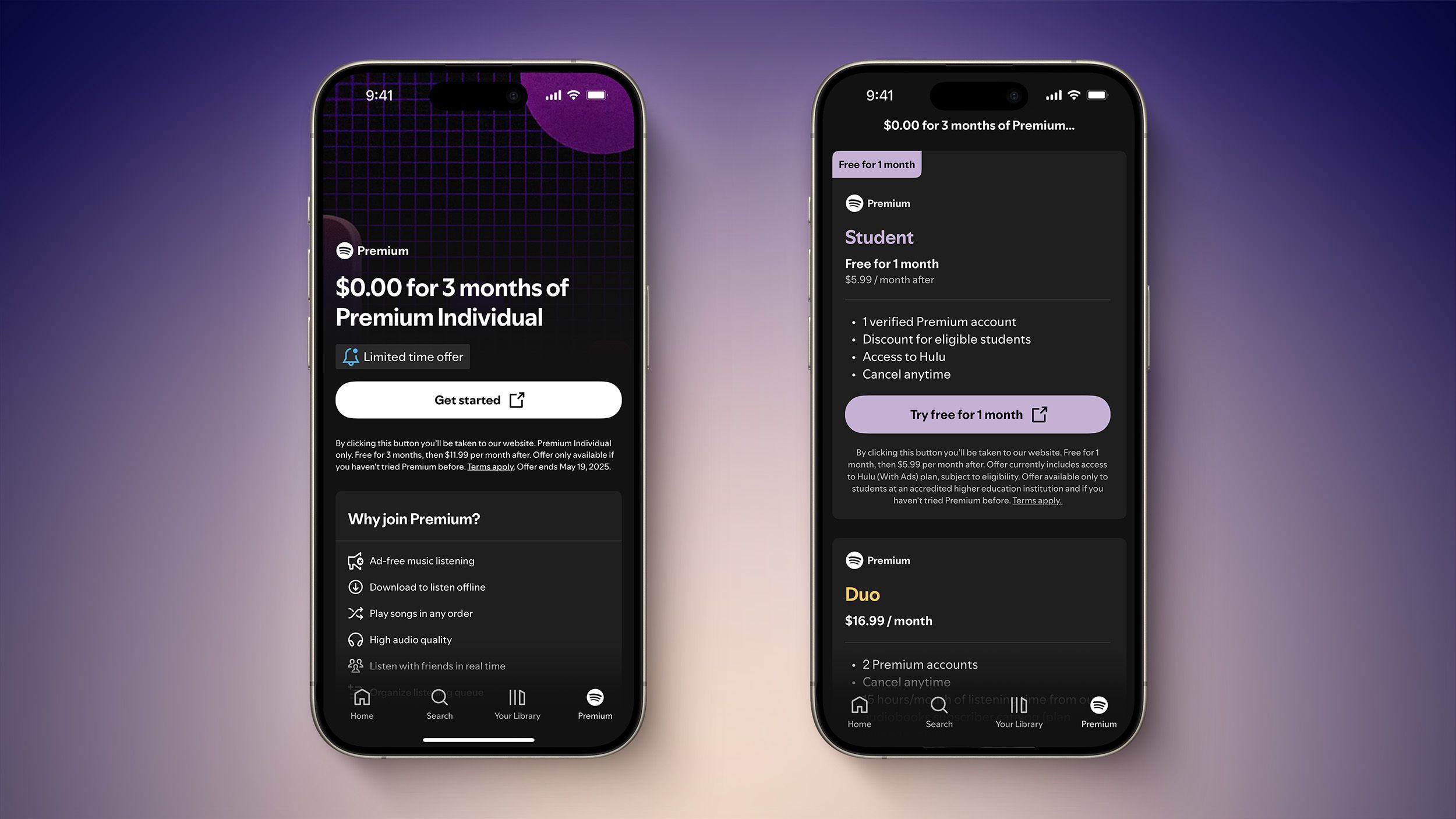Enterprise Design Pattern: Implementing the Service Layer Pattern in Python
Introduction As enterprise applications grow, their complexity increases. One key practice to keep code manageable is to separate business logic from controllers or data access code. That’s where the Service Layer Pattern comes in. Documented in Martin Fowler’s Catalog of Patterns of Enterprise Application Architecture, this pattern proposes isolating all business rules into a dedicated layer, improving modularity, scalability, and testability. What is the Service Layer Pattern? The Service Layer acts as an intermediate layer between the application interface (e.g., API, UI) and the domain or persistence layers. It groups domain operations that follow business rules. Why use it? Avoid duplicated logic across controllers. Organize and centralize business rules. Make the system easier to maintain and test. Real-World Example in Python Let’s build a basic system to manage purchase orders. We’ll implement: Order model OrderRepository to simulate storage OrderService with business rules Project Structure project/ ├── models.py ├── order_repository.py ├── order_service.py └── main.py models.py class Order: def __init__(self, order_id, customer, total): self.id = order_id self.customer = customer self.total = total self.status = "PENDING" def approve(self): if self.total > 0: self.status = "APPROVED" order_repository.py class OrderRepository: def __init__(self): self.orders = [] def add(self, order): self.orders.append(order) def list_all(self): return self.orders order_service.py from models import Order from order_repository import OrderRepository class OrderService: def __init__(self, repository: OrderRepository): self.repository = repository def create_order(self, order_id, customer, total): if total

Introduction
As enterprise applications grow, their complexity increases. One key practice to keep code manageable is to separate business logic from controllers or data access code. That’s where the Service Layer Pattern comes in.
Documented in Martin Fowler’s Catalog of Patterns of Enterprise Application Architecture, this pattern proposes isolating all business rules into a dedicated layer, improving modularity, scalability, and testability.
What is the Service Layer Pattern?
The Service Layer acts as an intermediate layer between the application interface (e.g., API, UI) and the domain or persistence layers. It groups domain operations that follow business rules.
Why use it?
- Avoid duplicated logic across controllers.
- Organize and centralize business rules.
- Make the system easier to maintain and test.
Real-World Example in Python
Let’s build a basic system to manage purchase orders. We’ll implement:
-
Ordermodel -
OrderRepositoryto simulate storage -
OrderServicewith business rules
Project Structure
project/
├── models.py
├── order_repository.py
├── order_service.py
└── main.py
models.py
class Order:
def __init__(self, order_id, customer, total):
self.id = order_id
self.customer = customer
self.total = total
self.status = "PENDING"
def approve(self):
if self.total > 0:
self.status = "APPROVED"
order_repository.py
class OrderRepository:
def __init__(self):
self.orders = []
def add(self, order):
self.orders.append(order)
def list_all(self):
return self.orders
order_service.py
from models import Order
from order_repository import OrderRepository
class OrderService:
def __init__(self, repository: OrderRepository):
self.repository = repository
def create_order(self, order_id, customer, total):
if total <= 0:
raise ValueError("Total must be greater than zero")
order = Order(order_id, customer, total)
self.repository.add(order)
return order
def approve_order(self, order_id):
for order in self.repository.list_all():
if order.id == order_id:
order.approve()
return order
raise ValueError("Order not found")
main.py
from order_repository import OrderRepository
from order_service import OrderService
repo = OrderRepository()
service = OrderService(repo)
# Create valid order
order = service.create_order(1, "Client A", 150.0)
print(f"Created order: {order.customer}, total: {order.total}, status: {order.status}")
# Approve the order
approved = service.approve_order(1)
print(f"Updated order: {approved.customer}, status: {approved.status}")







































































































































































![[The AI Show Episode 145]: OpenAI Releases o3 and o4-mini, AI Is Causing “Quiet Layoffs,” Executive Order on Youth AI Education & GPT-4o’s Controversial Update](https://www.marketingaiinstitute.com/hubfs/ep%20145%20cover.png)






























































































































































































































































![Apple's New Ads Spotlight Apple Watch for Kids [Video]](https://www.iclarified.com/images/news/97197/97197/97197-640.jpg)












_Andy_Dean_Photography_Alamy.jpg?width=1280&auto=webp&quality=80&disable=upscale#)





































































































![Here’s the Pebble smartwatch reboot in action, and how much tariffs might cost you [Video]](https://i0.wp.com/9to5google.com/wp-content/uploads/sites/4/2025/03/core-2-duo-smartwatch-3.jpg?resize=1200%2C628&quality=82&strip=all&ssl=1)



















































































![[Weekly funding roundup April 26-May 2] VC inflow continues to remain downcast](https://images.yourstory.com/cs/2/220356402d6d11e9aa979329348d4c3e/WeeklyFundingRoundupNewLogo1-1739546168054.jpg)

































